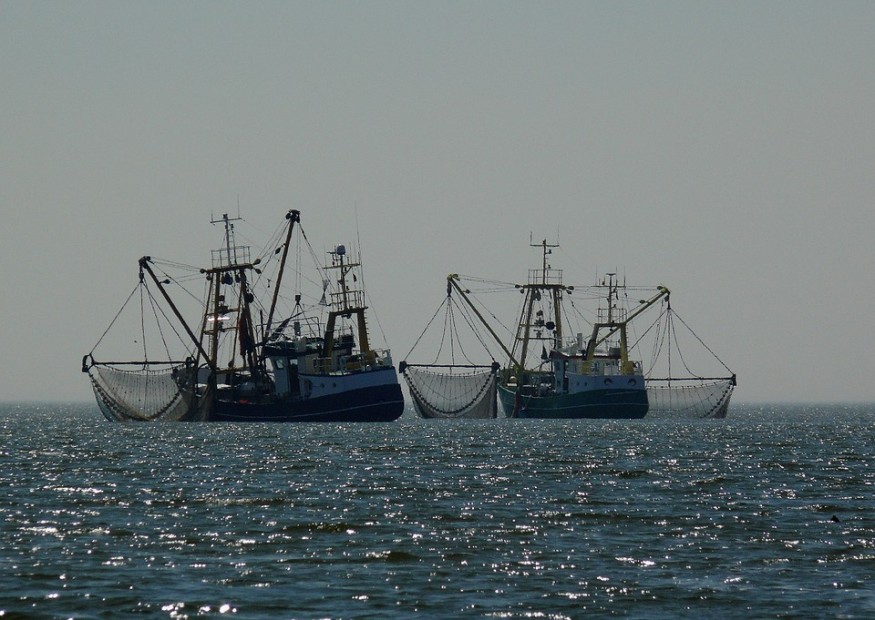According to a groundbreaking study, one in every five people worldwide relies on wild animals, plants, and fungus for food and livelihood. However, according to the research, many wild species are not exploited responsibly, putting food security in danger.

Expert Projection
Experts projected in 2019 that one million plants and animals might become extinct in the following decades. Unsustainable fishing, hunting, and logging are major contributors.
A new assessment from the same powerful organization says that the sustainable use of wild animals is vital for both humans and wildlife. And climate change and growing demand are expected to push more species to extinction, threatening food security.
The Intergovernmental Science-Policy Platform on Biodiversity and Ecosystem Services (IPBES) is the counterpart of the IPCC group of climate scientists for conservation experts.
Read also: Sand Crisis: Are We Running Out of Sand?
Overexploitative and Unsustainable Practices
Their most current evaluation, accepted by 139 nations in Bonn, Germany, focuses on making fishing, hunting, and forestry more sustainably without compromising biodiversity or food security.
It discovered that billions of people use 50,000 species of wild animals, plants, and fungi throughout the world for food, medicine, fuel, income, and other uses.
The evaluation presents a picture of pervasive environmental exploitation, with almost one-third of all wild fish in the ocean overfished, more than 10% of all wild trees threatened by unsustainable logging, and over 1,300 animals driven to extinction by unsustainable hunting. According to the report, actions that might help solve these difficulties include a crackdown on illegal fishing and wildlife trading, improved forest management and certification, and acknowledging the rights of indigenous people who care for land and forests.
Important Findings
According to Dr. Jean-Marc Fromentin, co-chair of the French study, rural populations in underdeveloped countries are especially vulnerable to unsustainable use and have few choices, "frequently compelling them to further exploit wild species already at risk."
According to the report:
- Approximately 50,000 wild species are used for food, fuel, cosmetics, pharmaceuticals, tourism, and other uses.
- More sustainable use of wild animals is vital for people and nature, as billions of people worldwide rely on them.
- Climate change, rising demand for such items, and technological developments in hunting, logging, and fishing practices are all projected to pose future challenges to the sustainability of wild animals.
- Addressing these issues will need "transformative reforms."
Inger Andersen, executive director of the UN Environment Programme, commented on the study, saying that more sustainable use of animals and plants may give a significant incentive for conservation and living in harmony with the environment.
"Today, one million species face extinction," she remarked. "And the unsustainable, illegal, and unregulated exploitation of species, for example, is a 23 billion dollar yearly business that feeds the vast pockets of a few unscrupulous individuals, who earn rich at the expense of nature and ecosystems."
Warning the Public

The 2019 IPBES global assessment warned that one million plant and animal species are on the verge of extinction due to direct exploitation. The new study will give data to decision-makers for improving the sustainable use of wild species. It will feed into discussions in Montreal later this year on setting global objectives to stop biodiversity loss.
For more environmental news, don't forget to follow Nature World News!
© 2025 NatureWorldNews.com All rights reserved. Do not reproduce without permission.





